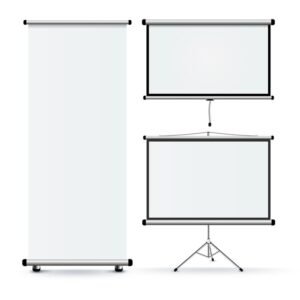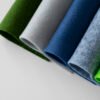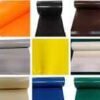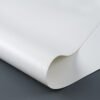
Best Material for Projector Screen
Choosing the Best Projector Screen Material: A Complete Guide
Choosing the right material for a projector screen can truly make a world of difference in your overall viewing experience. Whether you’re setting up a cozy home theater, a professional conference room, or even an outdoor cinema, the screen material significantly affects brightness, contrast, color accuracy, and overall image quality.
In this guide, we’ll explore the best materials for projector screens, discuss the pros and cons of each option, and help you select the perfect one for your specific needs.
Why Screen Material Matters
First and foremost, it’s important to understand that not all projector screens are created equal. The material you choose impacts how the projected light is reflected to the audience, which ultimately affects how vivid and clear your image looks. Therefore, selecting the right material ensures you get the best possible performance from your projector.
1. White Matte Screens: The Classic Choice
White matte is one of the most common and popular projector screen materials. It offers a wide viewing angle and provides excellent color reproduction, making it an ideal choice for home theaters and conference rooms alike.
Pros:
-
Wide viewing angle
-
Affordable compared to other options
-
Accurate color representation
Cons:
-
Ambient light can easily wash out the image
-
Not as high in contrast as gray or ALR screens
Best For: Dark rooms with well-controlled lighting.
Summary: If you can control your room lighting effectively, a white matte screen delivers crisp and colorful images without breaking the bank.
2. Gray (High Contrast) Screens: Boosting Black Levels
On the other hand, gray screens, also known as high-contrast screens, are specifically designed to enhance black levels. As a result, they improve contrast and image depth, especially in environments with some ambient light.
Pros:
-
Better black levels for richer images
-
Enhanced overall contrast
-
Performs well in rooms with moderate ambient light
Cons:
-
Slightly reduces image brightness
-
Viewing angles may be narrower compared to white screens
Best For: Rooms with moderate ambient light where darker tones matter more.
Summary: If you’re dealing with light leakage and need deeper blacks, a gray screen can offer a significant improvement without too much sacrifice in brightness.
3. Silver Screens: A Nod to the Classics
Silver screens were originally used in early movie theaters, and today they are making a bit of a comeback, particularly in 3D applications. Their highly reflective surface helps maintain brightness and color vibrancy, even in partially lit environments.
Pros:
-
Excellent gain for brighter images
-
Maintains image quality with 3D projections
-
Helps combat moderate ambient light
Cons:
-
Narrower viewing angles
-
Can cause hotspots if not installed correctly
Best For: 3D projections and rooms where maintaining high brightness is essential.
Summary: While less common for everyday home use, silver screens shine (literally) when brightness and 3D performance are top priorities.
Final Thoughts: Choosing the Right Material for Your Space
In conclusion, the best projector screen material depends largely on your room conditions and viewing priorities. If you have a fully darkened space, a white matte screen is usually perfect. However, if some light leaks into your room, gray or silver screens might serve you better.
Always consider factors such as ambient light, viewing angles, and your projector’s brightness before making a decision. With the right screen material, you’ll elevate your viewing experience to a whole new level.











Leave a reply